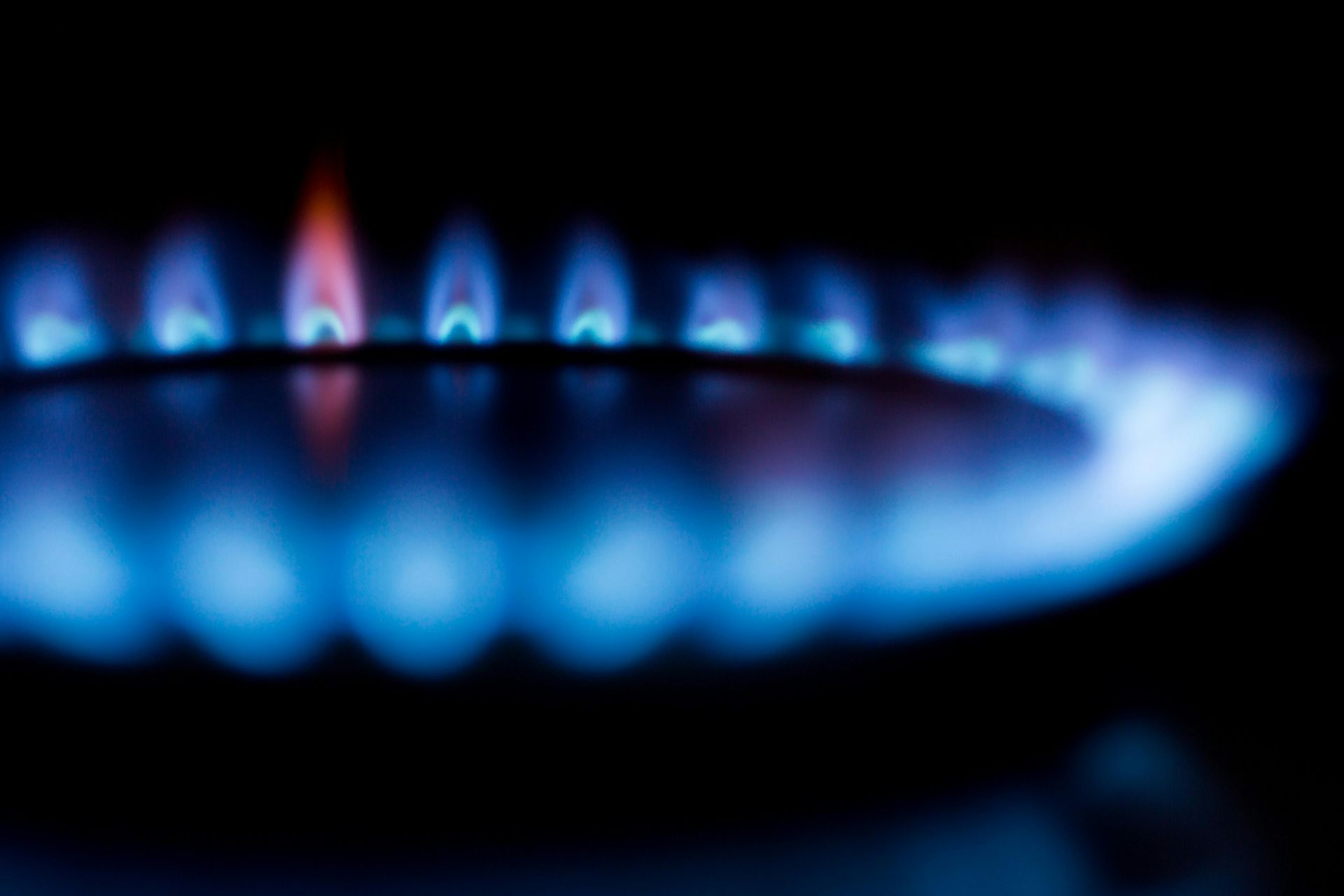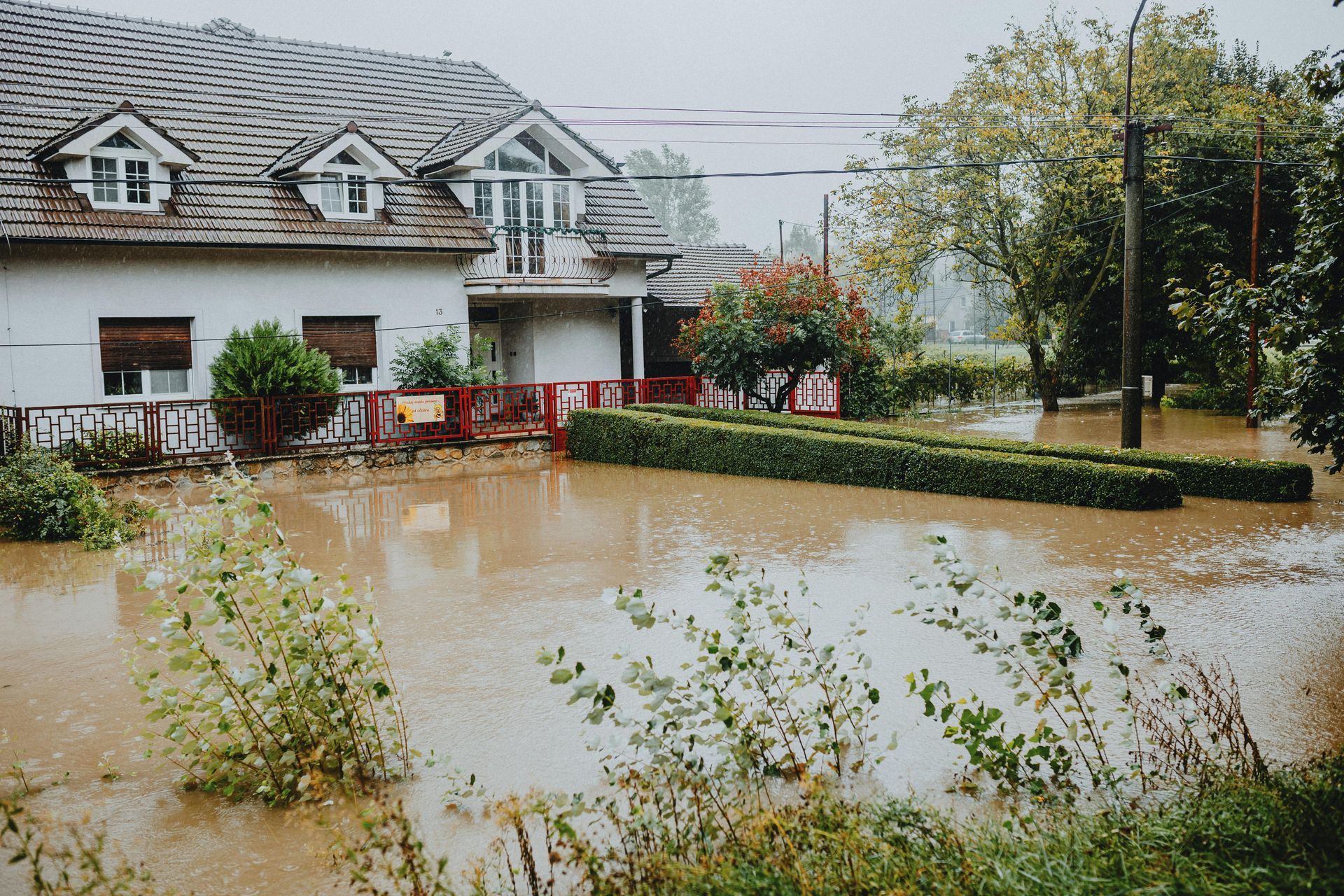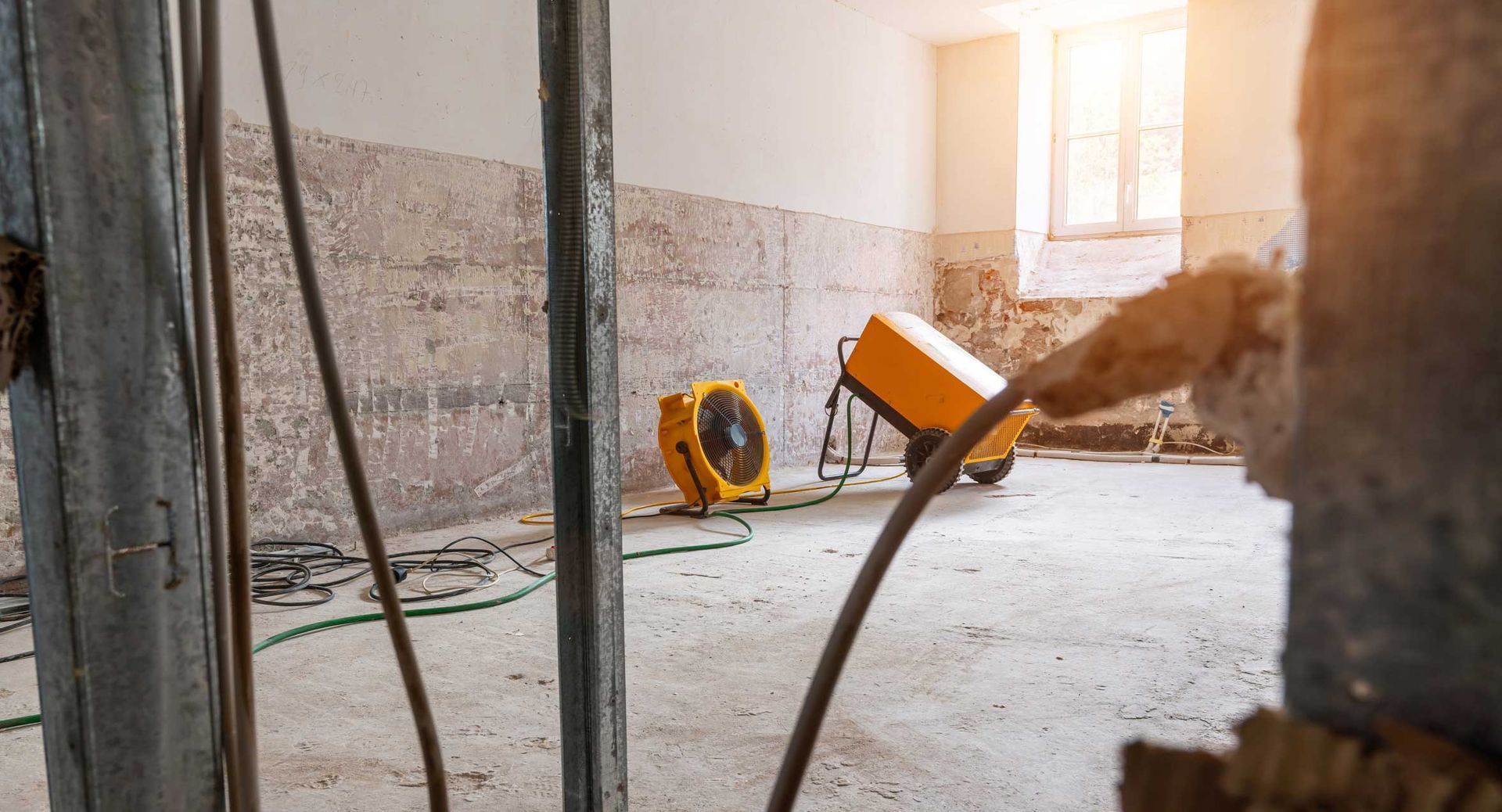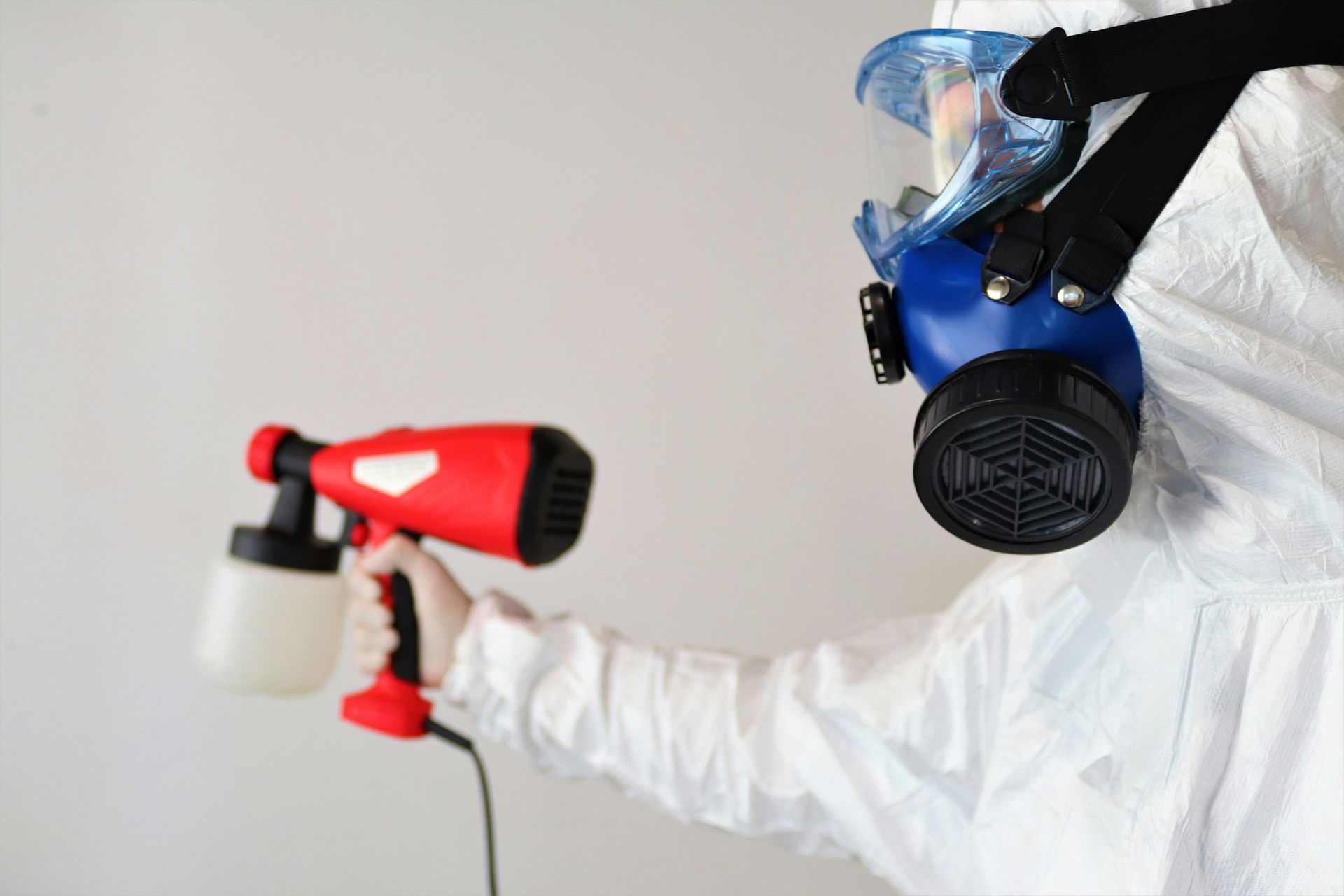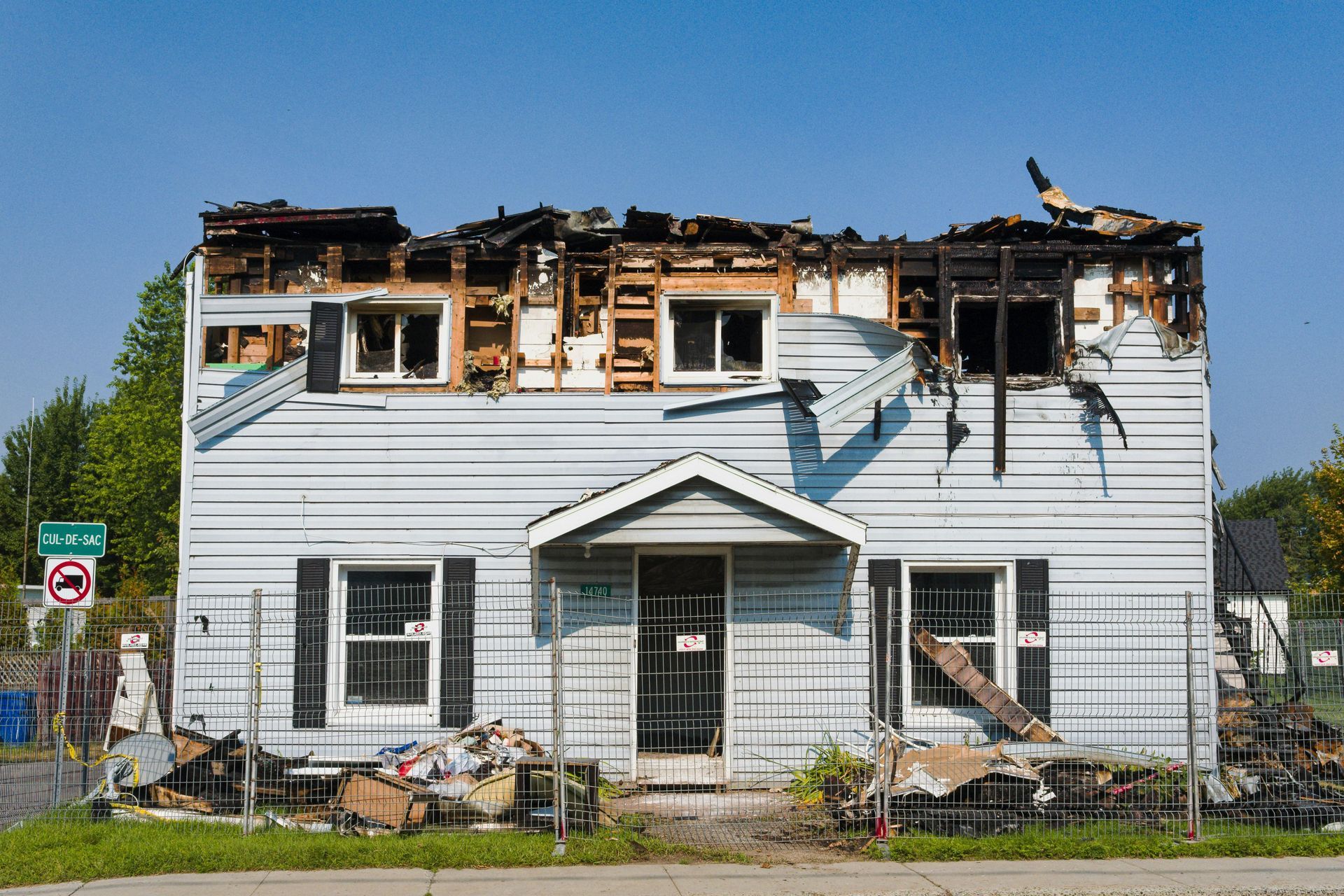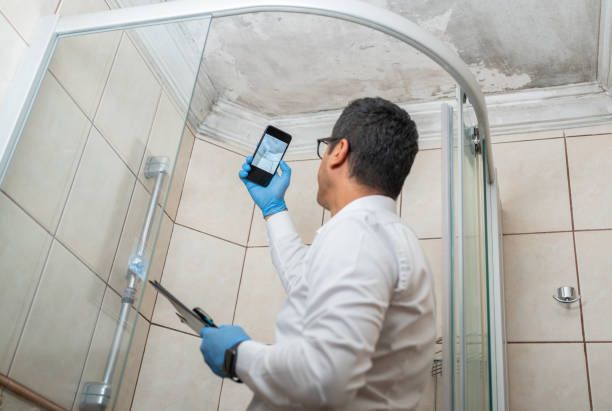The Benefits of Proper Water Damage Restoration Techniques
Why Water Damage Restoration Matters: The Benefits of Proper Techniques

Proper water damage restoration is critical in safeguarding the structural integrity of properties, preventing costly repairs, and mitigating health risks associated with moisture. Utilizing professional techniques and industry-specific knowledge, restoration experts deliver benefits that extend beyond surface-level fixes. This includes identifying hidden moisture pockets, preventing mold growth, and restoring air quality—crucial factors to maintaining a safe and secure environment. In this article, we will explore the multifaceted benefits of professional water damage restoration, outlining the importance of advanced restoration practices and detailing how they contribute to the overall well-being of residential and commercial spaces affected by water intrusion.
What Do We Mean by Proper Water Damage Restoration?
Proper water damage restoration encompasses a systematic approach to remedying the effects of water intrusion on a property. This meticulous process involves several key steps, each designed to stabilize the environment, reduce potential health hazards, and safeguard personal belongings. Initially, water extraction techniques are employed to remove standing water, which is crucial in halting the spread of moisture and minimizing secondary damage. Next, technicians undertake rigorous drying and dehumidification protocols, using advanced equipment to draw out residual dampness from materials and air. These practices are essential in curbing the proliferation of mold, bacteria, and other harmful organisms.
Mold remediation is a specialized segment of the restoration process, addressing any fungal growth resulting from water exposure. Experts focus on containing and removing mold infestations, followed by sanitization to restore a property to a safe, healthy state. Rigorous monitoring and evaluation follow, ensuring the effectiveness of the performed treatments and the continued protection of the property.
Utilizing proper water damage restoration techniques is not merely for immediate reparative measures—it is a long-term investment in one's health and property. Inadequate or incorrect procedures can lead to persistent problems, such as structural compromises and ongoing health issues. Therefore, professional intervention is paramount to restoring a property thoroughly and protecting the occupant's well-being and possessions.
Benefits of Proper Water Damage Restoration
The effective management of water damage restoration reaps considerable benefits, addressing both visible and concealed impairments. A professional restoration not only reinstates a property's aesthetics and functionality but also fortifies its future resilience to water-related incidents. Expert techniques preserve a building's market value and ensure a healthier indoor environment by preempting the onset of mold and mitigating structural decay. This serves as a safeguard to the health of occupants and a testament to our unwavering dedication to restoring safety and peace of mind.
Prevents Health Risks
The intervention of professional water damage restoration services is pivotal in preventing health risks commonly associated with prolonged exposure to water-damaged environments. Mold growth and bacterial contamination are two significant biological hazards that arise from inadequate treatment of water intrusion. Mold, a type of fungus, thrives in moist conditions and can rapidly colonize, releasing spores that may cause allergic reactions, respiratory issues, and other serious health problems if inhaled over time. Similarly, standing water can become a breeding ground for bacteria and other pathogens, heightening the risk of infections and diseases.
Professionals in water damage restoration expertly navigate these hazards, implementing protocols to arrest the proliferation of these organisms. They meticulously assess the extent of water impact and employ advanced drying techniques to remove excess moisture—the primary catalyst for microbial growth. Specialized equipment, such as high-efficiency dehumidifiers and air movers, is utilized to create conditions conducive to mold and bacterial presence. Furthermore, antimicrobials and other disinfecting agents are applied to cleanse affected surfaces, destroying potential health threats at their source.
This proactive approach not only addresses the visible aftermath of water damage but, more importantly, neutralizes invisible dangers that can compromise health. Through comprehensive cleaning, drying, and sanitizing, restoration experts ensure that the property is not just visually restored but is also a safe habitat, free from potential long-term health perils. Essential to this protective strategy is not only the immediate response and remediation but also the ongoing prevention of moisture return, thereby safeguarding the well-being of residents and users alike.
Preserves Property Value
In the face of water damage, a property's market value can suffer a significant downturn if restoration is not managed correctly. Not only does water pervade structural elements, leading to potential weaknesses in the foundation, but it also causes aesthetic blights such as staining and warping. These seemingly superficial detriments can be symptomatic of deeper issues, such as rot and mold, which severely compromise the property's integrity and allure.
Professional water damage restoration services stand as the sentinel against such devaluation. Specialists in the field apply a comprehensive restoration protocol meticulously devised to return a property to its pre-damage condition. Thorough damage assessment, combined with advanced restoration techniques, ensures that every nook and cranny is addressed—thereby preventing issues that could lead to long-term depreciation.
It is the attentiveness to the minutiae and the strategic application of industry-leading practices that enable these experts to not only revitalize a property but also uphold its value. High-caliber restoration work reinstates the durability and aesthetic appeal of the building, essential components of property valuation. From the reparation of waterlogged substrates to exacting cosmetic finishes, the entire spectrum of damage is reversed.
Additionally, undertaking professional water damage restoration sends a powerful message to prospective buyers and appraisers about the owner's commitment to property maintenance. This aspect of care can be pivotal during property assessments, where evidence of diligent upkeep bodes well for the property's market standing. By leveraging the expertise of qualified restoration professionals, property owners invest in both the immediate recovery and the sustained worth of their assets.
Prevents Further Damage
Proper water damage restoration techniques serve as a critical defense against the progression of property damage, which—if left unchecked—can lead to a domino effect of deterioration. Untreated water exposure is a catalyst for rot, a fungal decay that compromises the structural integrity of wood elements within a building. Additionally, pervasive moisture initiates the oxidation process in metallic components, leading to rust and the inevitable weakening of these materials.
Swift and skillful action by professional restoration services is paramount to halt such destructive processes in their tracks. By rapidly extracting standing water and employing advanced drying techniques, they prevent the infiltration of moisture into substructures that could later manifest as insidious damage. Sophisticated diagnostic tools, such as moisture meters and infrared cameras, are used to detect hidden pockets of dampness that would otherwise go unnoticed until it is too late.
Preventing further damage also entails addressing the secondary effects of water exposure, such as swelling in plaster and warping in flooring, which detract from the property's appearance and signal deeper systemic issues. Professionals tackle these challenges by controlling the indoor environment and carefully adjusting humidity levels to optimal standards, thereby circumventing the aforementioned issues.
Furthermore, these industry experts employ treatments on surfaces and materials to resist further absorption of moisture and guard against potential future water-related incidents. The expertise and thoroughness of professional restoration efforts effectively shield property from the incremental but inexorable onslaught that neglected water damage can inflict. Through their timely and comprehensive approach, a property's condition is not only restored but also fortified against further degradation, ensuring lasting durability and sustained structural and aesthetic integrity.
Saves Time and Money
Proper water damage restoration techniques are not merely a service—they're an investment in the longevity of a property. The prompt action facilitated by professional services can mitigate the escalation of damage, directly translating to significant cost savings for the property owner. When water damage is left unchecked, it leads to further degradation of materials that often necessitates expensive repairs or complete replacements. For instance, when water invades the stability of a structure's foundation or leads to irreversible hardwood floor warping, the expenses can be exorbitant.
However, by employing proficient restoration methods, professionals can quickly halt the damage's progression. The rapid response reduces the risk of long-term infrastructural issues and avoids the accumulation of additional costs over time. Specialized expertise allows for efficient, targeted restorations, which limit the time a property owner may be displaced or their business interrupted, further saving on potential loss of income or alternative accommodation expenses.
The strategic approach taken by experts in the water damage restoration field ensures that resources are allocated effectively and without redundancy. Their precise methodology in addressing water damage contributes to the sustainability and resilience of the reconstruction efforts. By leveraging state-of-the-art technology and seasoned knowledge, these specialists restore properties to their original condition or better, sparing owners from the repetitive drain of funds into foreseeable refurbishments.
In terms of time, the expediency of professional service cannot be understated. The swift identification and rectification of issues by seasoned professionals enables a faster return to normalcy. By cutting down the duration of the restoration process, there is a direct impact on cost as well. Shorter project timelines mean less labor cost, reduced rental periods for equipment, and lower overall expenses on ancillary services (e.g., storage units, temporary workspaces).
Therefore, the pursuit of professional water damage restoration is not an expense but a strategic move to safeguarding one's financial resources. With the aim of restoring safety, functionality, and aesthetics in the most economical and effective manner, the value derived from these services is a testament to their capacity to save both time and money for property owners in the long run.
Improves Indoor Air Quality
Proper water damage restoration is essential not only for the structural integrity of a property but also for the well-being of its inhabitants. One of the lesser-known yet critically important benefits of such measures is the significant improvement in indoor air quality. Water damage within indoor environments can create a breeding ground for mold, mildew, and other microbial growth. These contaminants release spores and volatile organic compounds into the air, which, when inhaled, can lead to respiratory issues, allergic reactions, and other health complications.
Professional water damage restoration services effectively mitigate these health hazards by addressing the root cause of microbial proliferation—excess moisture. By utilizing industrial-grade dehumidifiers, high-velocity air movers, and sophisticated moisture detection instruments, restoration experts meticulously remove excessive humidity, ensuring that indoor environments are restored to safe moisture levels. This arduous process is essential in staving off the growth of harmful agents that compromise the purity of the indoor air.
Moreover, restoration specialists apply antimicrobial treatments to affected areas, annihilating microbial presence and preventing future growth. Their comprehensive cleaning protocols and HEPA-filtered air scrubbers extract airborne contaminants, thereby purifying the ambient air. This attention to detail in the remediation of air quality underscores the holistic approach that professional services uphold in safeguarding the health of occupants.
In eliminating these airborne hazards, professional restoration efforts not only restore properties impacted by water damage but also enhance the overall indoor air quality. Such an improvement is beneficial for the inhabitants' health, comfort, and peace of mind, reinforcing the importance of engaging with professionals in the aftermath of water damage. The benefit of pristine, breathable air is an invaluable aspect of comprehensive restoration that underscores the meticulous care and expertise of these specialized services.
Professional Water Damage Restoration Services
At
Northeastern Restoration, our team of skilled restoration contractors specializes in delivering superior water damage solutions aligned with industry standards. We take pride in our precise, proactive approach to mitigate further loss and protect your investment. Understanding the urgency of such situations, we're dedicated to a swift response and meticulous execution. Choose expertise and assurance—contact Northeastern Restoration for a consultation and secure your property's future today. Your peace of mind is our promise; safeguarding your environment is our commitment.
